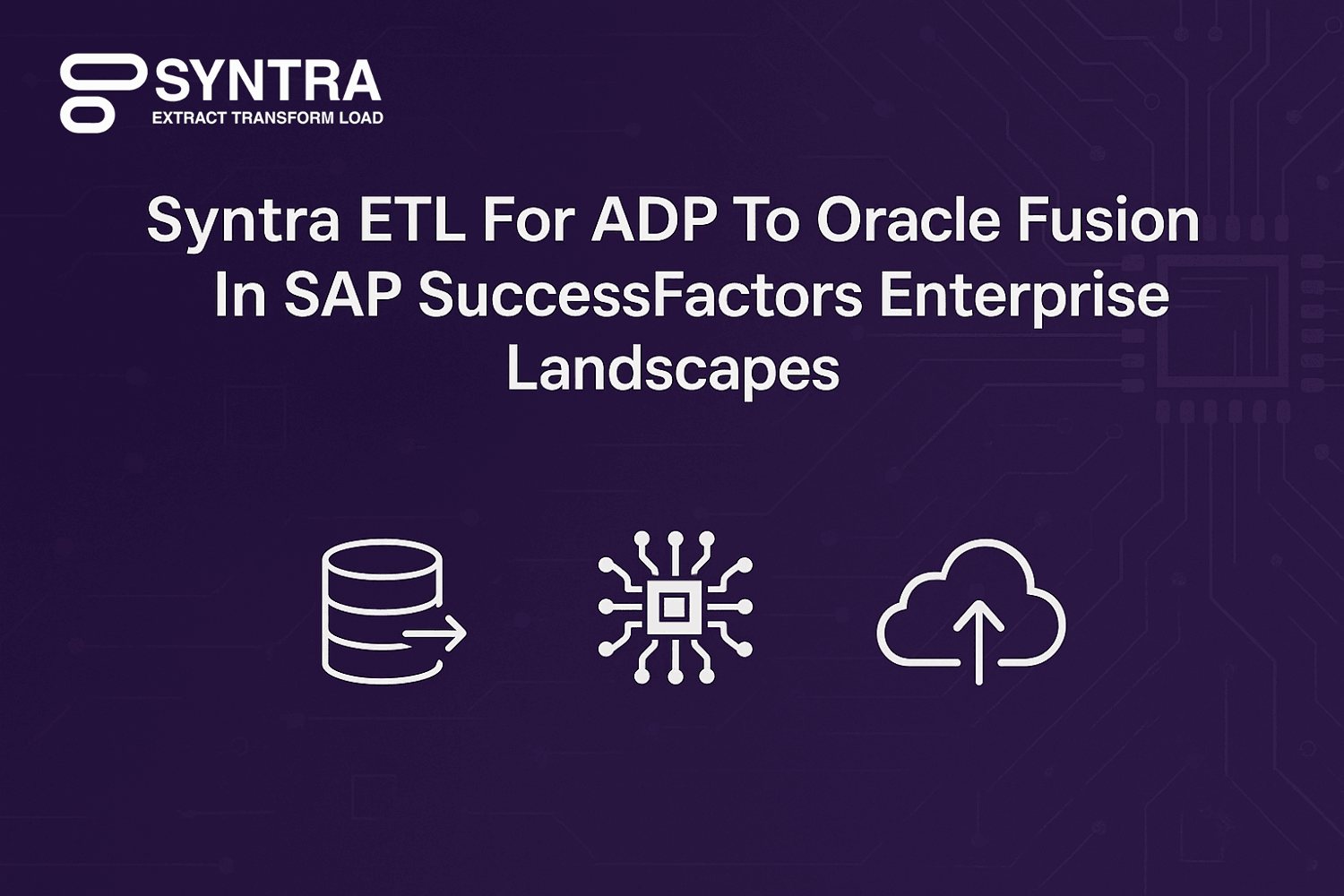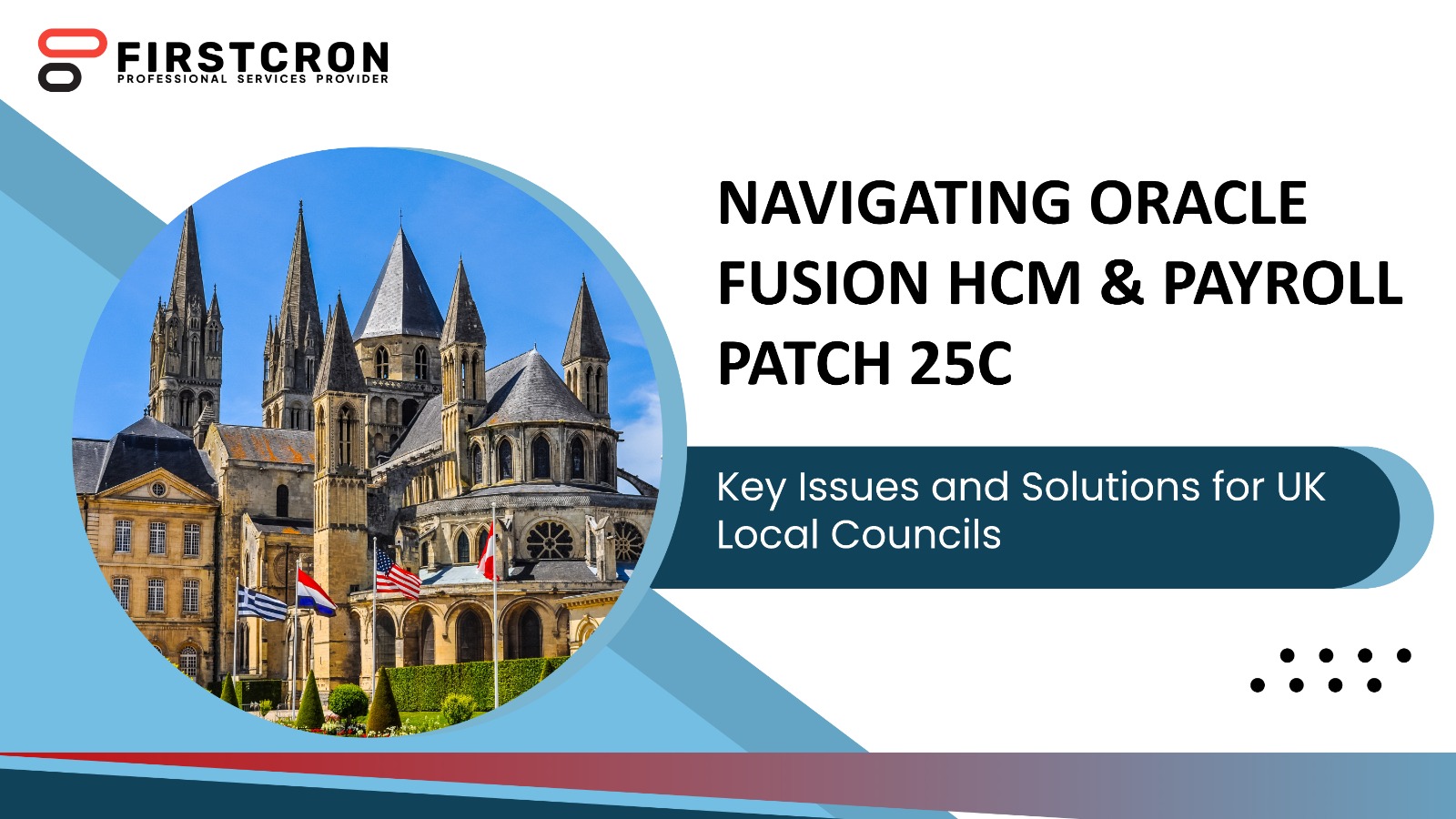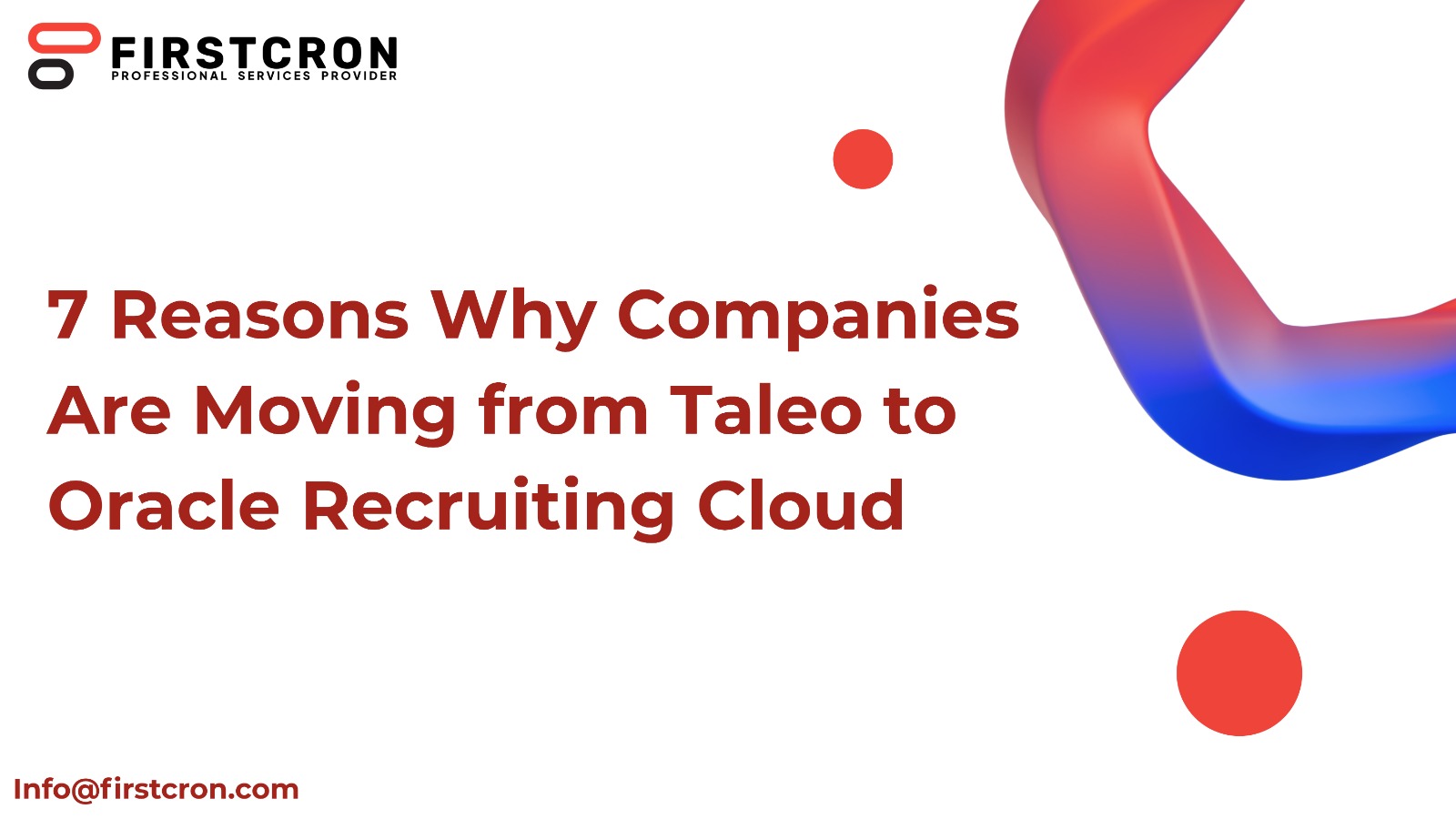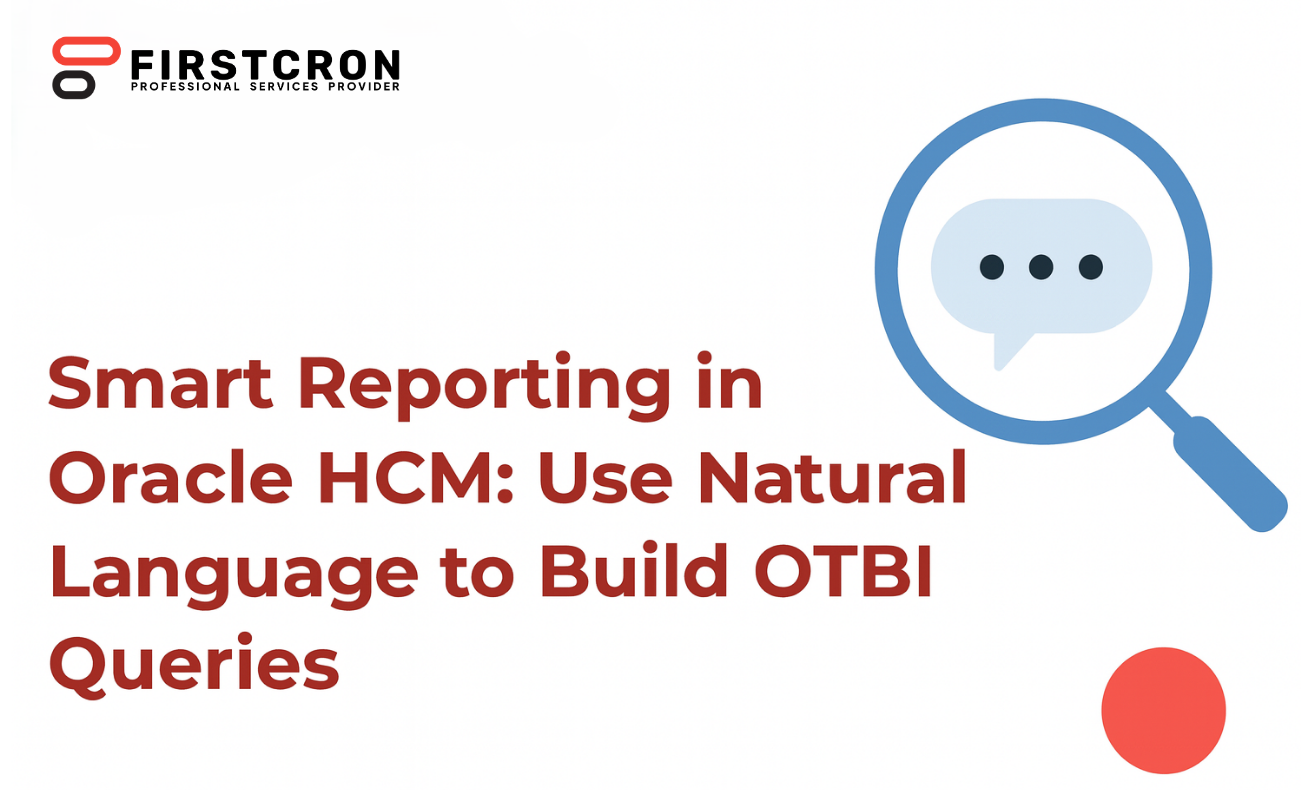
Large enterprises worldwide have adopted SAP SuccessFactors as a modern and widely used cloud-based HCM platform. It excels in talent management, global workforce processes, compliance alignment and scalability. Yet even in these mature landscapes, payroll operations are frequently handled by ADP due to its strong statutory coverage, multi-country capabilities and established payroll services. In parallel, Oracle Fusion often serves as a downstream system for financial alignment, costing integration or consolidated HCM reporting. The result is a multi-application ecosystem where smooth, accurate and automated data movement becomes essential. Syntra is purpose-built to meet this need through a robust Extract, Transform and Load (ETL) framework that moves Core HR and payroll data from ADP into Oracle Fusion with precision and control.
In this blog we’ll cover
Why ETL Matters In Hybrid HCM Architectures
Enterprises using SAP SuccessFactors do not always run payroll inside the same system. Many rely on ADP to handle payroll calculations and statutory compliance across diverse regions. To maintain harmonized reporting, cost allocation and HR data governance, Oracle Fusion acts as the receiving system. But raw ADP exports cannot be loaded into Oracle Fusion directly. They need standardized codes, normalized structures, correct effective dating and field-level validation. Syntra addresses exactly this challenge, eliminating the need for spreadsheets, manual cleanup, scripts and ad-hoc integration fixes.
The Role Of Syntra In ETL Efficiency
Syntra’s ETL approach covers each stage of data flow:
Extract: It securely captures Core HR and payroll data from ADP through structured interfaces or exports. This includes elements such as person records, assignments, pay codes, bank details, tax fields and costing segments.
Transform: The transformation layer resolves discrepancies in naming conventions, field structures, code values, formats and effective dates. It also applies logic to merge duplicate changes, fix incomplete fields, map to Oracle objects and align with reference data such as cost centers and legal employers.
Load: Only clean, validated data is uploaded into Oracle Fusion using its accepted structure. This prevents errors from reaching the production environment and reduces back-and-forth remediation.
By centralizing these steps into one controlled pipeline, Syntra ensures that data exchange between ADP and Oracle Fusion is repeatable, auditable and scalable for large enterprises using SAP SuccessFactors.
Key Transformation Domains In ADP To Oracle Fusion Flows
Syntra focuses heavily on areas where transformation is most essential. Without structured control, these domains often generate the bulk of manual rework and integration delays:
- Worker demographics and identification
- Assignments with legal employer, department, job, grade and location
- Compensation data such as salary, allowances and deductions
- Payment methods and bank account details with country-specific formats
- Tax attributes, reporting units and statutory data
- Cost center and accounting segment alignment
- Effective dating for historical accuracy and lifecycle integrity
- Absence balances and entitlements when relevant to payroll
- Error recovery, audit tracking and reconciliation
These domains vary across regions, especially when SAP SuccessFactors spans multiple countries and ADP handles payroll differently by location. Syntra absorbs the complexity into transformation rules rather than leaving it for manual intervention.
List Of Value Drivers
Below is the list section using dot bullets, containing multiple bullet points to summarize the main value levers of Syntra in this hybrid SAP SuccessFactors, ADP and Oracle Fusion setup:
- Eliminates manual mapping of ADP payroll fields to Oracle Fusion objects by applying prebuilt and configurable transformations
- Prevents data load errors through validation checks that identify missing fields, incorrect codes and invalid formats before loading
- Ensures effective dating and lifecycle consistency for assignments and pay changes, reducing duplicates and rejections
- Standardizes cost center and segment structures, ensuring Oracle Fusion receives aligned financial data without cleanup
- Applies country-specific logic for bank accounts, taxes and statutory settings in one centralized layer
- Reduces spreadsheet-based cleanup by automating transformations inside the ETL pipeline
- Speeds up multi-country rollout by reusing transformation templates and adjusting rules rather than rewriting integrations
- Improves audit readiness through detailed logs, lineage tracking and repeatable load processes
Table Of Transformations
Here is the table demonstrating typical transformation logic between ADP and Oracle Fusion:
| Source In ADP | Transformation Or Quality Control | Target In Oracle Cloud HCM |
|---|---|---|
| Earnings Code | Map to matching pay element and validate legal employer and classification | Payroll Element or Element Entry |
| Cost Center ID | Normalize format, check length, verify against COA segments and apply defaults if values are missing | Costing Segment on Assignment or Element |
| Bank Account And Routing | Validate structure by country, mask sensitive fields and derive payment method | Person Payment Method and Bank Account |
| Tax Region And Withholding | Map to Oracle tax reporting unit, confirm statutory codes and check required identifiers | Person Tax Card or Related Payroll Entity |
| Assignment Change Events | Sequence updates by effective date, merge duplicates and maintain correct lifecycle state | Work Relationship and Assignment |
Supporting SAP SuccessFactors As The HR Backbone
Enterprises implement SAP SuccessFactors to manage workforce data on a unified cloud platform. However, payroll and financial integration patterns remain diverse. ADP manages payroll compliance, and Oracle Fusion may serve as a financial or consolidated HCM environment. Syntra acts as the intelligent ETL layer enabling these systems to coexist productively rather than in isolation. Its ability to transform and load data ensures that SAP SuccessFactors remains the authoritative source for employee records while payroll data flows reliably into Oracle Fusion.
Scalability And Localization
Because global deployments must support multiple countries, Syntra accommodates country-level variations in tax, banking, cost segments and labor rules. Instead of building one-off scripts, enterprises configure transformation templates. This allows quick adaptation for new markets, mergers or reorganizations. SAP SuccessFactors can expand without integration bottlenecks because Syntra manages data standardization for Oracle Fusion downstream processes.
Security And Compliance
Payroll and HR data requires strict security. Syntra encrypts data, masks sensitive fields, controls access by role and logs all transformation activity. These controls align with enterprise governance policies and legal requirements. By minimizing manual data handling, Syntra also reduces privacy risks and ensures compliance with regional standards.
Conclusion
Enterprises using SAP SuccessFactors increasingly operate in hybrid environments where ADP handles payroll and Oracle Fusion receives downstream HR and financial data. Without a dedicated ETL solution, organizations face delays, errors, manual work and compliance risk. Syntra provides an automated extract, transform and load framework that bridges these systems smoothly. With only one bullet list for clarity and one table for illustration, this blog demonstrates how Syntra reduces time, cost and effort by managing the complex transformations required for ADP-to-Oracle Fusion integrations. In large-scale HCM programs built on SAP SuccessFactors, Syntra enables accuracy at scale and ensures core HR and payroll data flows cleanly across platforms.
Tags
Related Post
Navigating Oracle Fusion HCM & Payroll Patch 25C: Key Issues And Solutions For UK Local Councils
July 26th, 2025 10 min read
Navigating Oracle Fusion HCM & Payroll Patch 25A: Key Considerations For UK Local Councils
July 27th, 2025 10 min read
7 Proven Oracle Fusion Testing Principles To Guarantee Defect-Free Cloud Deployments
May 16th, 2025 15 min read
7 Reasons Why Companies Are Moving From Taleo To Oracle Recruiting Cloud
June 2nd, 2025 14 min read
How End-to-End Testing Of Oracle Fusion Enhances Operational Efficiency In Banking
May 23rd, 2025 11 min read
5 Business Benefits Of Investing In AI-Powered Performance Oracle Fusion Testing
May 5th, 2025 11 min read
WEEKEND READS
Navigating Oracle Fusion HCM & Payroll Patch 25C: Key Issues And Solutions For UK Local Councils
July 26th, 2025 10 min read
Navigating Oracle Fusion HCM & Payroll Patch 25A: Key Considerations For UK Local Councils
July 27th, 2025 10 min read
7 Proven Oracle Fusion Testing Principles To Guarantee Defect-Free Cloud Deployments
May 16th, 2025 15 min read
7 Reasons Why Companies Are Moving From Taleo To Oracle Recruiting Cloud
June 2nd, 2025 14 min read
How End-to-End Testing Of Oracle Fusion Enhances Operational Efficiency In Banking
May 23rd, 2025 11 min read
Driving Compliance And Security With Smart Testing In Oracle Fusion
June 5th, 2025 9 min read
How Cloud-Based Testing With Firstcron Can Improve Your Business
June 9th, 2025 12 min read
Smart Reporting In Oracle HCM: Use Natural Language To Build OTBI Queries
August 17th, 2025 20 min read
Data Migration Best Practices: From Taleo To Oracle Recruiting Cloud
May 28th, 2025 13 min read
















